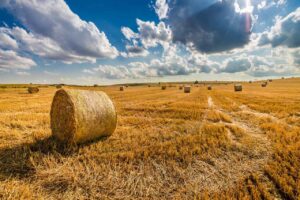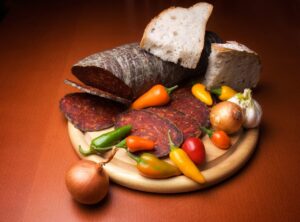Editor’s note: Croatia is not currently on the UK’s travel corridor list, but we’ll update this article when the guidance changes.
Did you know that wild brown bears still roam the forests of Slavonia? Or, that the region produces some of Europe’s finest white wine?
Located between the Danube, Sava and Drava rivers in eastern Croatia, Slavonia, and nearby Baranja, are lands of fertile plains and ancient forests, steeped in tradition and 17th-century folklore.
![]()
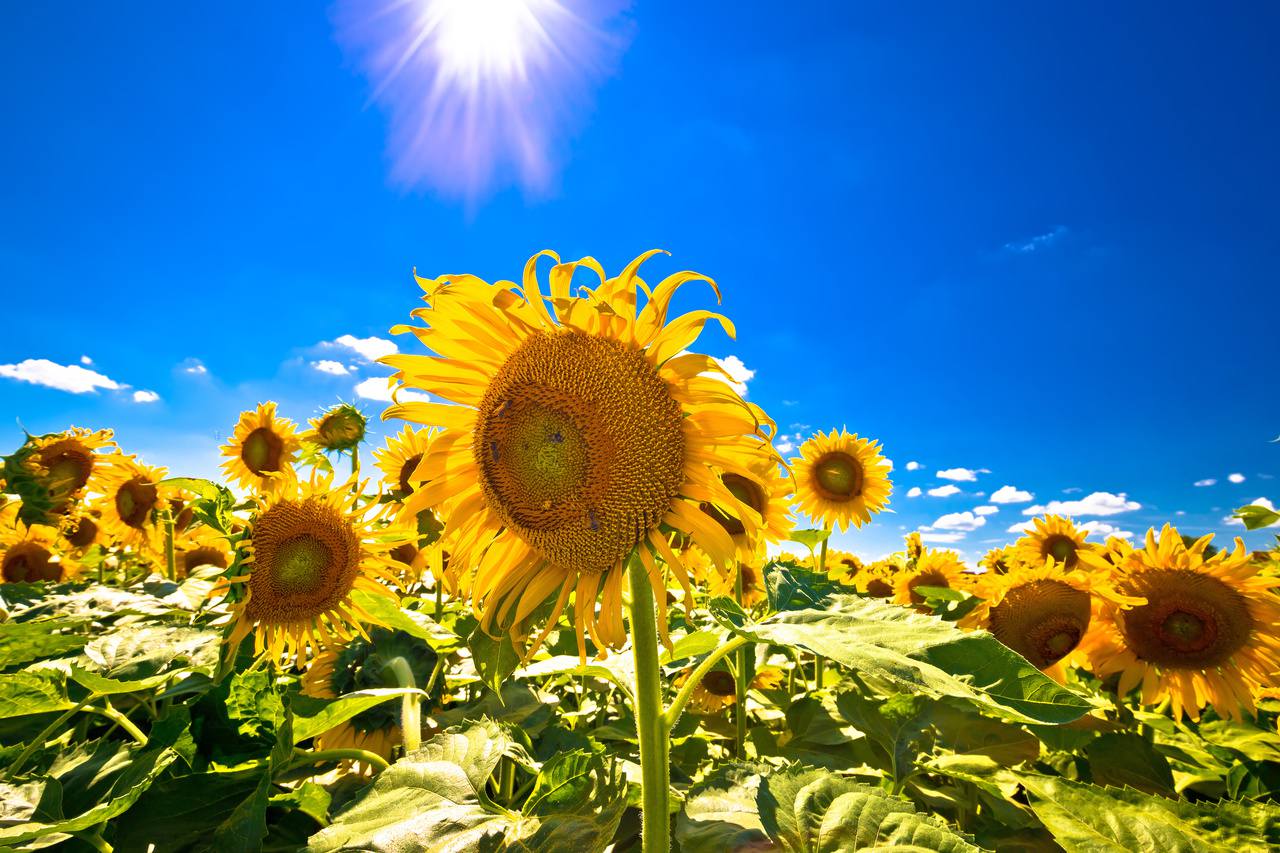 Sunflowers in Slavonia (c) xbrchx
Sunflowers in Slavonia (c) xbrchx
During the summer months, the fields burst with sunflowers amid pretty, rural houses. The cities in Slavonia contain many baroque mansions and churches built with autumnal coloured bricks and painted in yellow hues.
There’s plenty of traditional foody fare to sample with influences from neighbouring countries such as Hungary and Serbia.
Discover Slavonia’s impressive architecture and folklore
Start off in Slavonski Brod (simply ‘Brod’ to the locals – meaning ‘water crossing’) a historic city that borders with Bosnia and Herzegovina.
The Slavonski Brod Fortress, an abandoned stronghold from the 1700s that was designed to accommodate 4,000 soldiers and 150 cannons, is well worth a visit. It retains many preserved fortifications and inside you will also discover a rather quirky museum, “House of Tambura”.
The museum traces the history of the Tambura, also known as tamburica or tamburitza, a traditional string instrument of the region used to play folk music.
Incidentally, if you are in Slavonski Brod in mid-June, be sure to take part in the Brodsko Kolo Festival, a joyful celebration of all things Slavonian.
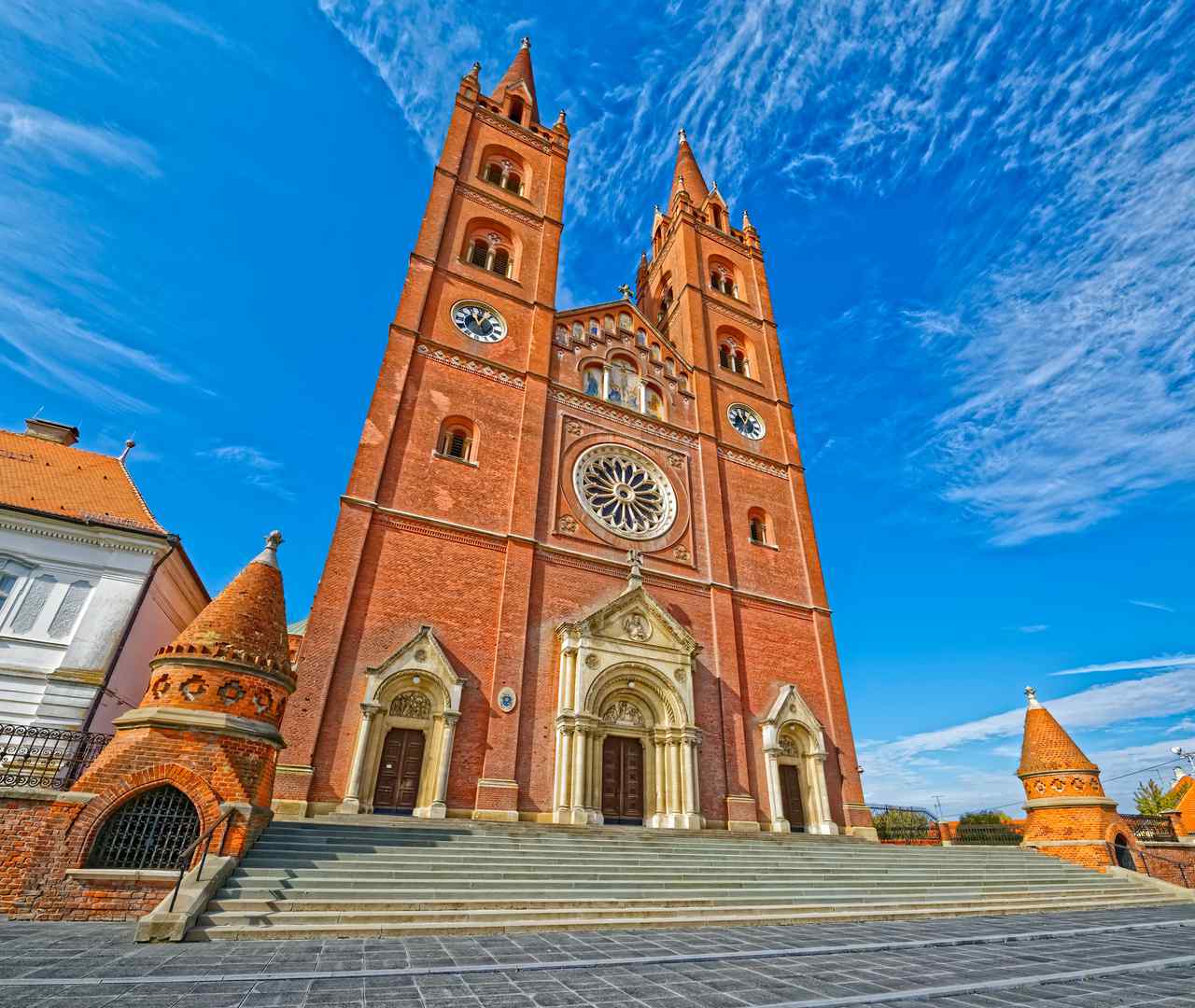
Close to Brod is the city of Đakovo, home to the impressive St Peter’s Cathedral, which was built in the late 1800s in the Romanesque and Gothic styles, with two bell towers standing 84m high.
If you love horses, you won’t want to miss a trip to the “Ergela” stud-farm in Đakovo, which was established in 1506 and breeds famous Lipizzaner stallions, the masters of dressage. Here you can tour the Stallion Station, including visits to the horse stables, outdoor racetrack and terrains for dressage and hurdle racing. There’s also daily music and dressage show.
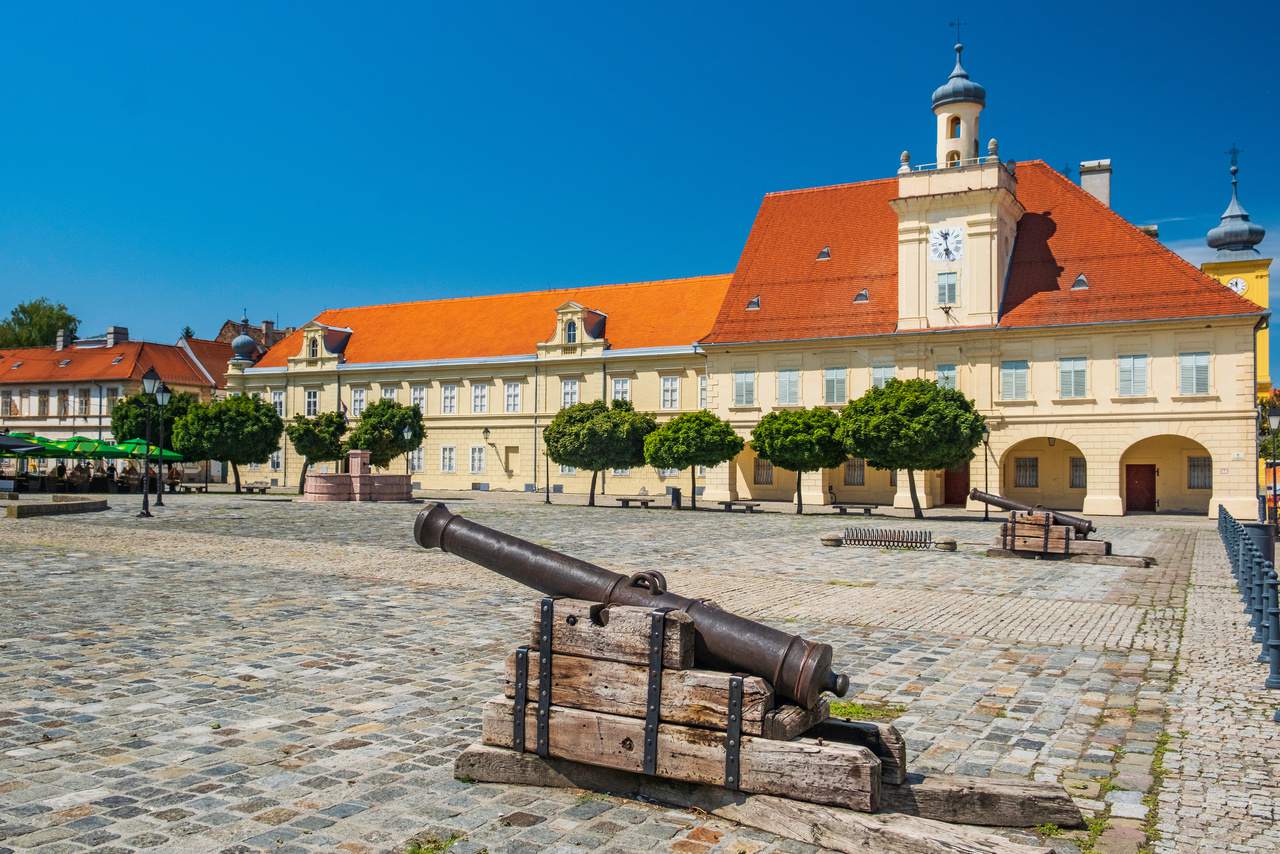
It is also worth spending half a day in Slavonia’s capital, Osijek, which also borders Baranja. The city, a sea of orange roof tiles surrounded by lush, green fields, is easily explored on foot, with plenty of baroque-style buildings to admire as you explore. The impressive square, Trg Ante Starčevića, is featured on the 200 kuna banknote Tvrđa.
Head to the old town in the eastern part of the city and pay a visit to the 18th-century defensive fortress Tvrđa, which is built on the right bank of the River Drava. The fortress was built in medieval Osijek following the defeat of the Ottoman forces in 1687.
Top tip: Drive from Osijek to the Illok, the easternmost town of Croatia. Perched on a hill overlooking the Danube, the picturesque town is surrounded by vineyards and contains a 16th-century hammam (Turkish bath) from the Ottoman period.
Want to extend your trip to Slavonia and Baranja?
Smart Travel offer a 7-day private tour of Slavonia and Baranja including 4* accommodation, local travel on a luxury air-conditioned bus and a half-board meal plan. Prices start from €900 and the tour includes visits to all the cities mentioned in this article along with several vineyards and opportunities to discover local folklore and cuisine.
CLICK HERE to book your trip with Smart Travel
Getting back to nature
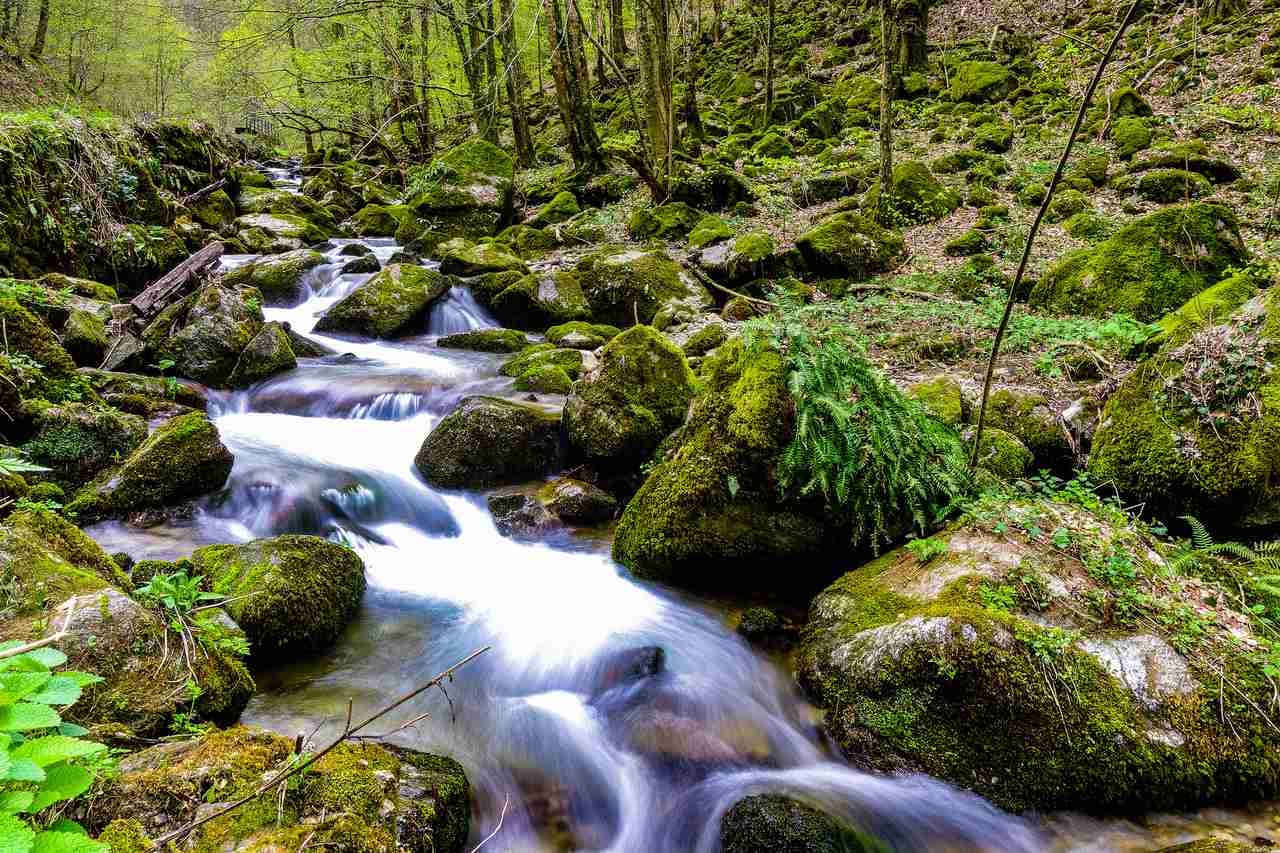
Take some time to relax and unwind in one of Slavonia and Baranja’s nature parks. Papuk Nature Park is a UNESCO geopark that circles Papuk Mountain, Slavonia’s highest mountain at 953m at its peak.
It is a vast and beautiful place to get lost in, with the chance to discover mountain lakes, caves, waterfalls and ancient geological features – a Carcharodon Megalodon tooth was once found here the size of a hand.
Highlights in the park include Jankovac Forest Park, a beech forest with a high protective status due to its population of rare and endangered animals and mushrooms. Look out for deer, fox, bats and even wild boar. From here you can hike to the Skakavac waterfall. In springtime, the waterfall can get up to 10m wide and is probably the most beautiful waterfall in Papuk.
For a different nature experience, visit the beautifully maintained Kopački rit Nature Park in Baranja, home to one of Europe’s largest wetlands. The park is located near Osijek where the Drava and Danube rivers meet and can either be explored on foot or by boat. Large herds of deer wander the park, and you can observe 300 different bird species, including rare white-tailed eagles and black storks.
A taste of Croatia
Slavonia is a land of abundance and hospitality, and traditional Slavonian cuisine is cooked for large groups of people to enjoy together.
Popular dishes include “kulen”, a type of flavoured sausage made of minced pork, and spicy fish or paprika stew cooked in a small cauldron. The best place to enjoy these types of dishes is in one of the villages in the Slavonian countryside.
Head to Baranjska kuća in Karanac, about 20km from Osijek, and tuck into warm shepherd’s pie cooked in a clay oven, or if you are feeling brave, why not try snails cooked in nettle sauce? Either way, you’ll receive the warmest hospitality and there’s a good chance there will be some traditional live music to accompany your meal.
Time for wine!
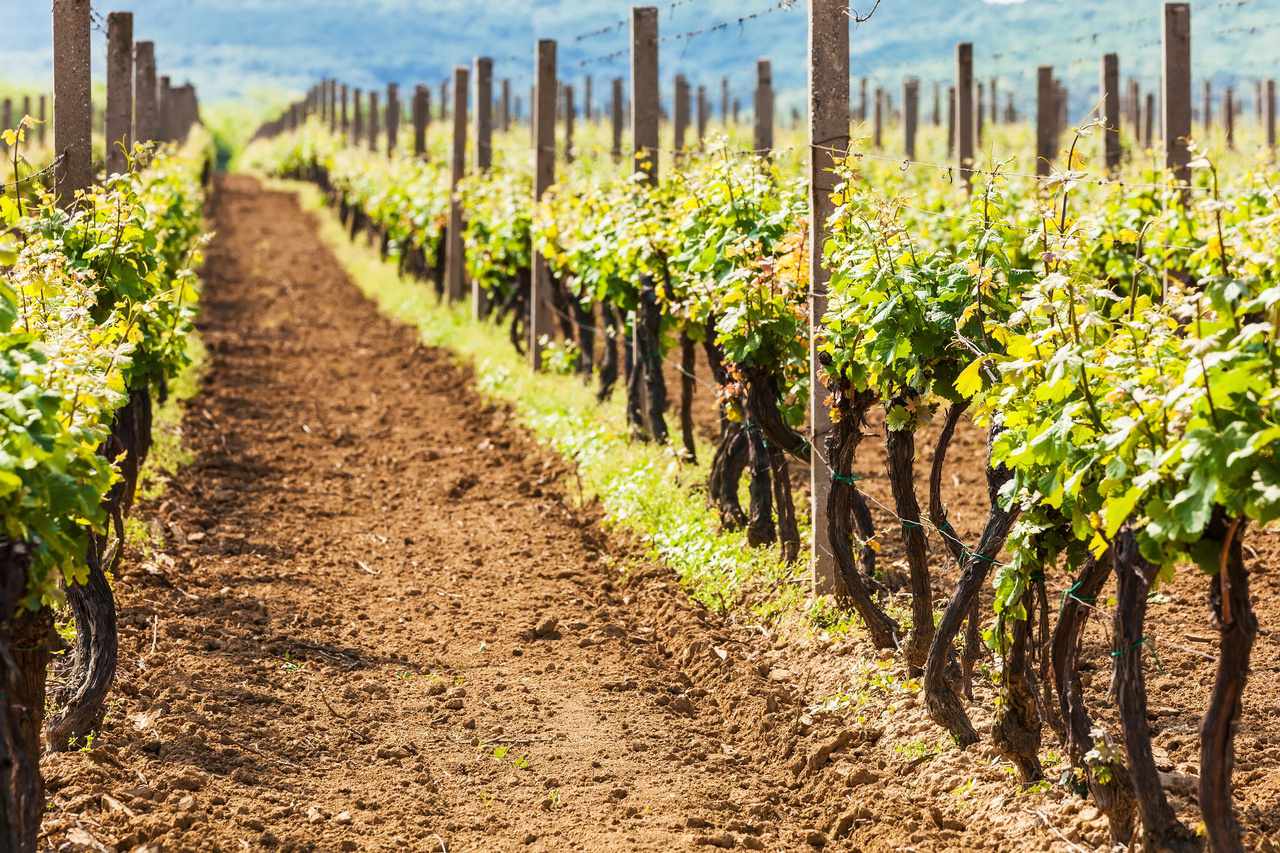
Winegrowing in Slavonia and Baranja is a 1,800-year-old tradition, and there is an abundance of vineyards to tour and enjoy a delicious tipple.
The town of Kutjevo in Slavonia is a goldmine (or better yet, a “winemine”) for wine tasting, and contains a medieval wine cellar dating to 1232.
Two of Slavonia’s top wineries are also located here: Krauthaker, whose graševina and sweet wines have won many awards, and Enjingi, which specialises in organically produced wine including Riesling, Pinot Noir, and Sauvignon Blanc. Alternatively, Iilok is also a must-visit destination for wine tasting.
Fact file
Stay: In Karanac, book your stay at the highy-rated 3* Apartments Ivica i Marica, with private bathrooms, free WiFi and free bike rental. Prices start from £63 per night.
Tour: Smart Travel offer a 7-day private tour of Slavonia and Baranja including 4* accommodation, local travel on a luxury air-conditioned bus and a half-board meal plan. Prices start from €900 and the tour includes visits to all the cities mentioned in this article along with several vineyards and opportunities to discover local folklore and cuisine.
Getting there: Fly to Zagreb and from there you can take a 5-hour train or 3-hour bus to Brod, or it takes just over 2 hours by car.
Disclaimer: This article was sponsored by Smart Travel and written in partnership with Smart Travel Croatia and the Croatian National tourist board.
Credit: Source link

